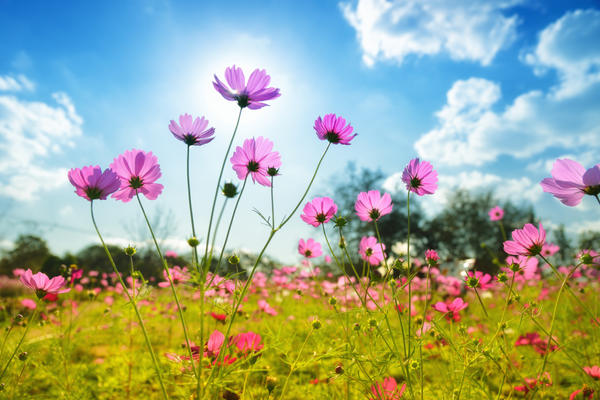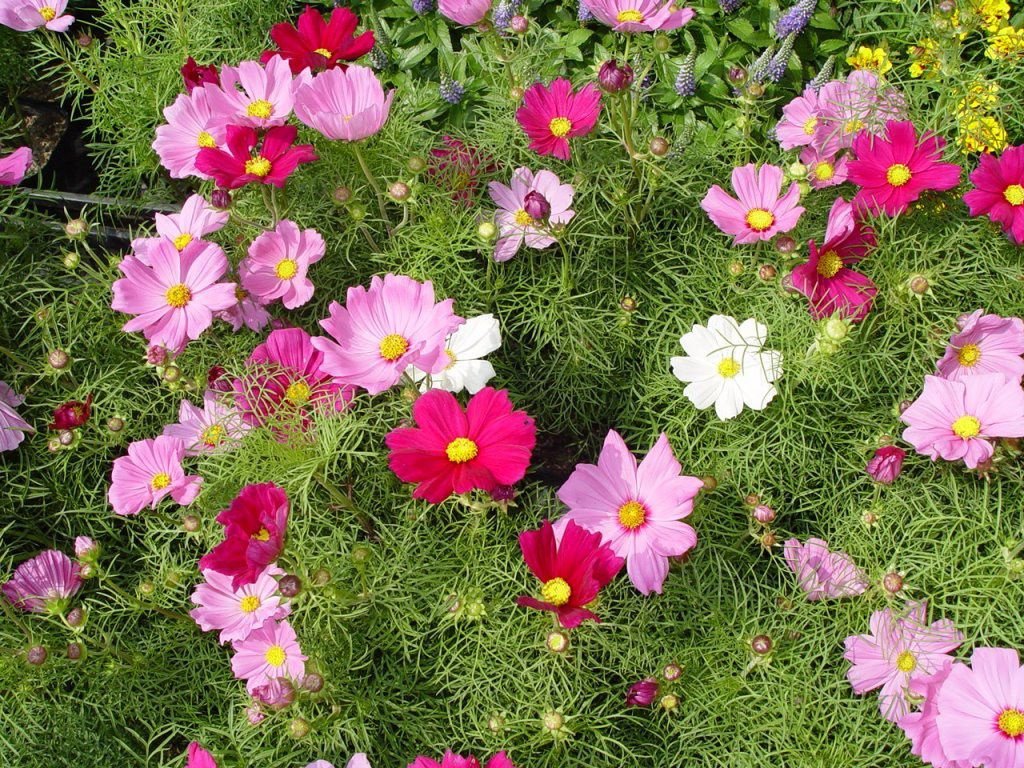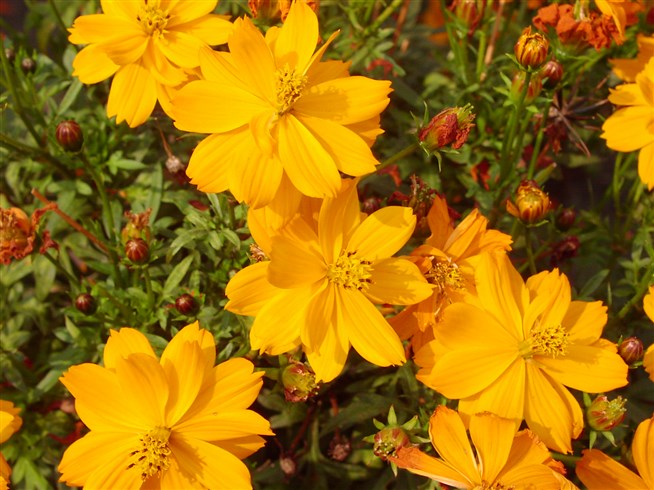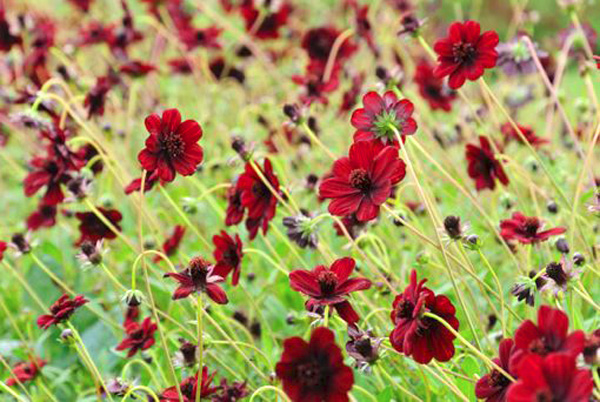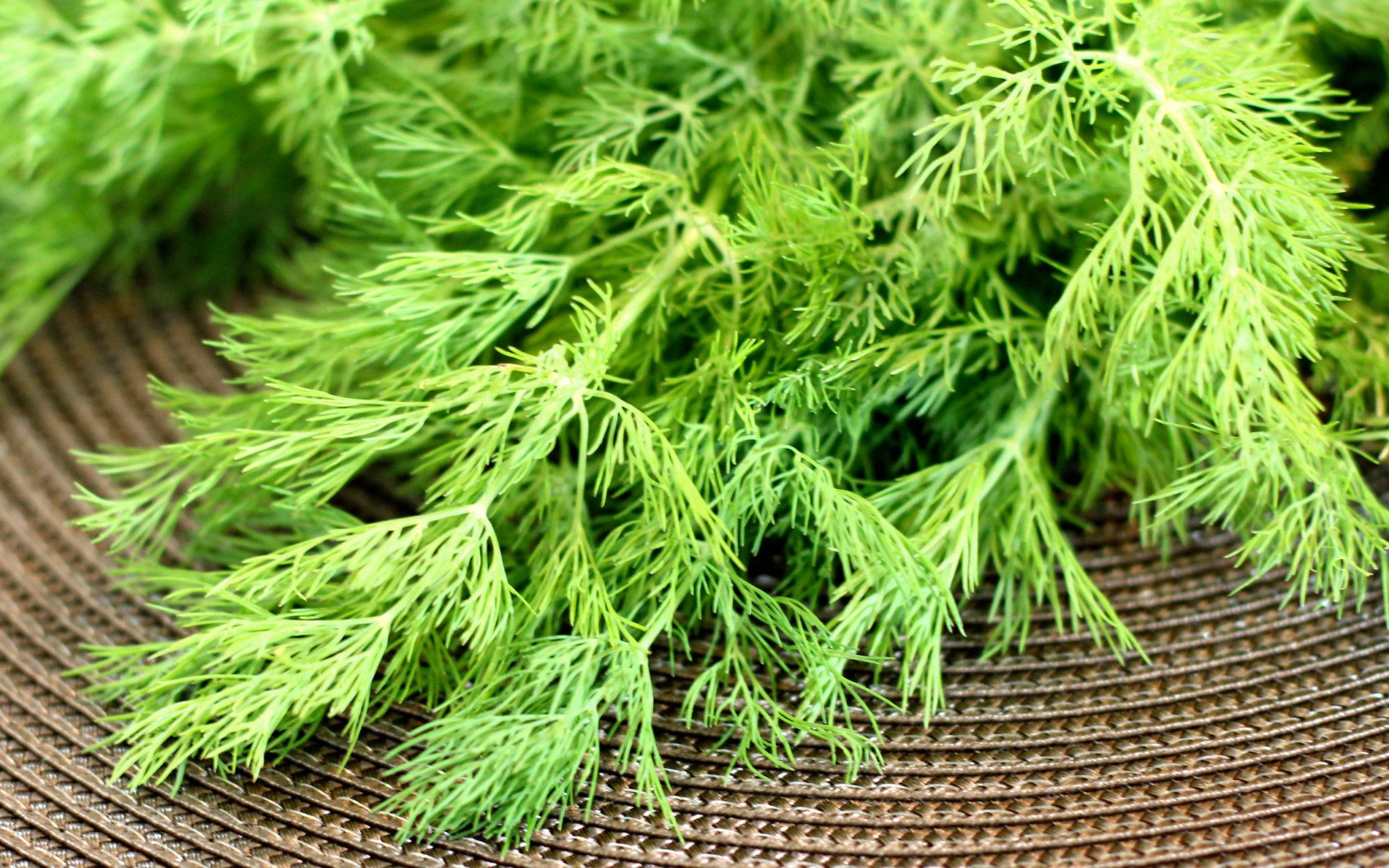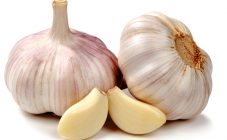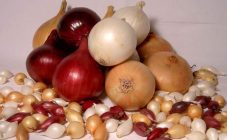Content:
Kosmeya is a herbaceous branching plant that forms bright inflorescences during flowering. The species belongs to the Astrov family. For the first time kosmeya was discovered in America, after which it rapidly began to spread throughout the world.
Domestic gardeners are very fond of this culture due to a wide variety of varieties, unpretentious care and excellent decorative properties. Kosmeya has excellent adaptive properties, but in the middle lane it is grown as an annual.
Description of culture
Kosmeya is a herbaceous crop, which, depending on the variety, can be annual or perennial. What does a kosmeya flower look like? It has long and highly branched stems along the entire length. Height can vary from 50 to 150 cm. Shoots have a smooth green-red skin. Leaves are actively formed on them, which, in fact, form a sprawling dwarf shrub.
Kosmeya is an early flower, begins to bloom in the second - third decade of June and lasts until the first cold weather. The diameter of the inflorescences can vary from 6 to 12 cm. The core can be spherical or flat. It is edged with petals of various colors and shapes. Depending on the variety, the color can be purple, golden, red, pink or white.
Kosmeya: varieties and varieties
The genus of cosmos is still quite limited. Today there are about 24 types of culture. In horticulture, there are 3 main varieties and an incredible variety of their decorative varieties.
Kosmeya double-feathered
A popular garden annual with thin leaves of olive or bright green, reminiscent of dill.
A tall, highly branched bush is formed, the height can vary from 80 to 150 cm. Inflorescences appear at the top of the shoots, the diameter of these baskets is 7-10 cm. The convex core is dotted with large stamens of a rich yellow color. On the edges, ligulate flowers of white, purple, red or pink color are formed. The edge of a narrow linear petal can be rounded or wavy.
Common varieties:
- Kosmeya undersized - belongs to the Sonata series, pink color with a red rim near the core.
- Puriti - white kosmeya, like snow, has elastic stems.
- Kosmeya Pikoti - inflorescences are formed in a bright red color, but over time, a crimson shade begins to prevail.
Kosmeya sulfur-yellow
Heat-loving culture, which is characterized by denser and branched shoots, abundantly covered with foliage. Individual parts of the leaf of the sulfur-yellow culture are wider. Their color is dark green. An adult plant, subject to the rules of agricultural technology, is capable of reaching a height of 1.5 meters. Flowers of different colors are formed on the shoots, 5 cm in diameter. The core is located higher and more heap.
Varieties:
- Cosmeya Sensation - orange, forms inflorescences with a semi-double coating.
- Crest Lemon - kosmeya during flowering, forming inflorescences of a bright lemon-yellow color, in the garden the height reaches no more than 50 cm.
- A widespread variety of cosme called Diablo, color at inflorescences is fiery red.
Blood red cosmeya
It has an attractive and at the same time unusual appearance. An almost black, large-sized cosme is formed. The surface of the petals is matte, which gives the impression that it is terry. Inflorescences exude a pleasant chocolate aroma during their active flowering. Medium-sized dark green leaves are formed on the stems.
Terry species
Not so long ago, terry kosmeya appeared, a characteristic feature of the variety is the formation of lush flowers. This variety is not represented in the official classification. But, despite this, the plants of these varieties are in great demand among domestic agronomists.
Common varieties:
- Rose Valley, a common flower of pink color, the diameter can reach 10 cm.
- ladybug - a low-growing bush, height does not exceed 30 cm, can form orange, yellow or red semi-double inflorescences, the diameter is usually 10 cm.
- Sleigh Gold - bright yellow double inflorescences are formed over a low emerald carpet, visually reminiscent of a chamomile.
Care and landing
In temperate climates, a flowering plant is cultivated as an annual, therefore the most common method of breeding it is seed.
The seeds are sown in open soil or saplings are grown. When sowing in open soil, flowering will begin no earlier than the second - third decade of July. They should be sown shortly after the snow melts. Shallow holes are prepared, no more than 4 seeds are placed in each, the interval between the holes should be kept at least 40 cm.
Further, caring for seedlings is identical to caring for adult bushes. The first watering should be done very carefully, otherwise the seeds can be washed out of the soil. As soon as the sprouts hatch, thin them out if necessary.
If the seedling method of reproduction was used, then the first flowering can be observed already at the beginning of summer. For this, the seeds are sown in boxes filled with a fertile mixture at the beginning of March. The seed must be deepened a little so that the rays of light fall on the seed. Indoors, the temperature should be within + 18-20 degrees. As the seedlings grow, they must be dived, maintaining an interval of 10-15 cm.
In care, the plant is picky, it must be watered regularly once a week. Watering should be abundant, for each bush you will need to allocate 20-30 liters of water. After watering, the areas must be loosened, repeat the procedure until the plant hardens and builds up power.
It is recommended to apply fertilizers to the soil three times:
- before bud formation;
- during their formation;
- at the beginning of flowering.
For a more lush and long-lasting flowering, the bushes can be fertilized with special mineral dressings (for example, "Bud"). It is worth remembering that it is important to observe the measure in everything.
Kosmeya is highly resistant to diseases and pests. While the culture has not matured, it can be infected by slugs or snails. If detected, insects must be collected by placing several beer traps.
Beneficial features
Many agronomists and simply inquisitive people are concerned with the question of whether cosmea is poisonous or not. No, the plant is absolutely safe, besides, it looks tender and attractive anywhere. All varietal varieties of cosmos can be planted in open ground in a flower garden, along a curb or fence.A pleasant addition is a pleasant aroma during flowering.
Kosmeya is not aggressive, the root system does not "strangle" nearby growing plants, it can be combined with bells, chamomiles, mallow, asters, salvia and many other flowering plants.
